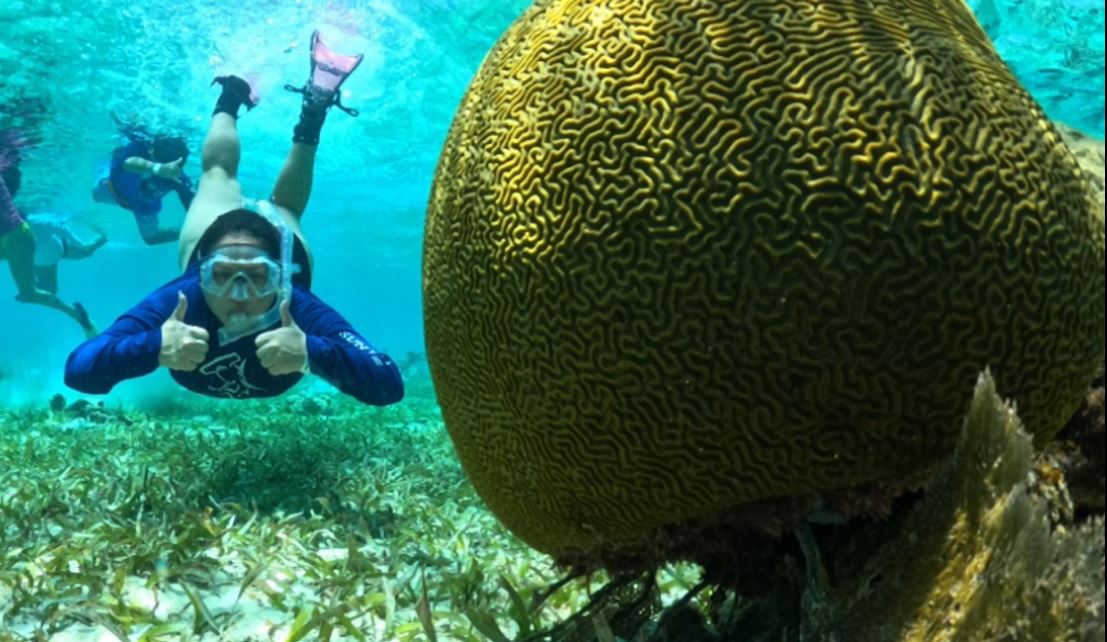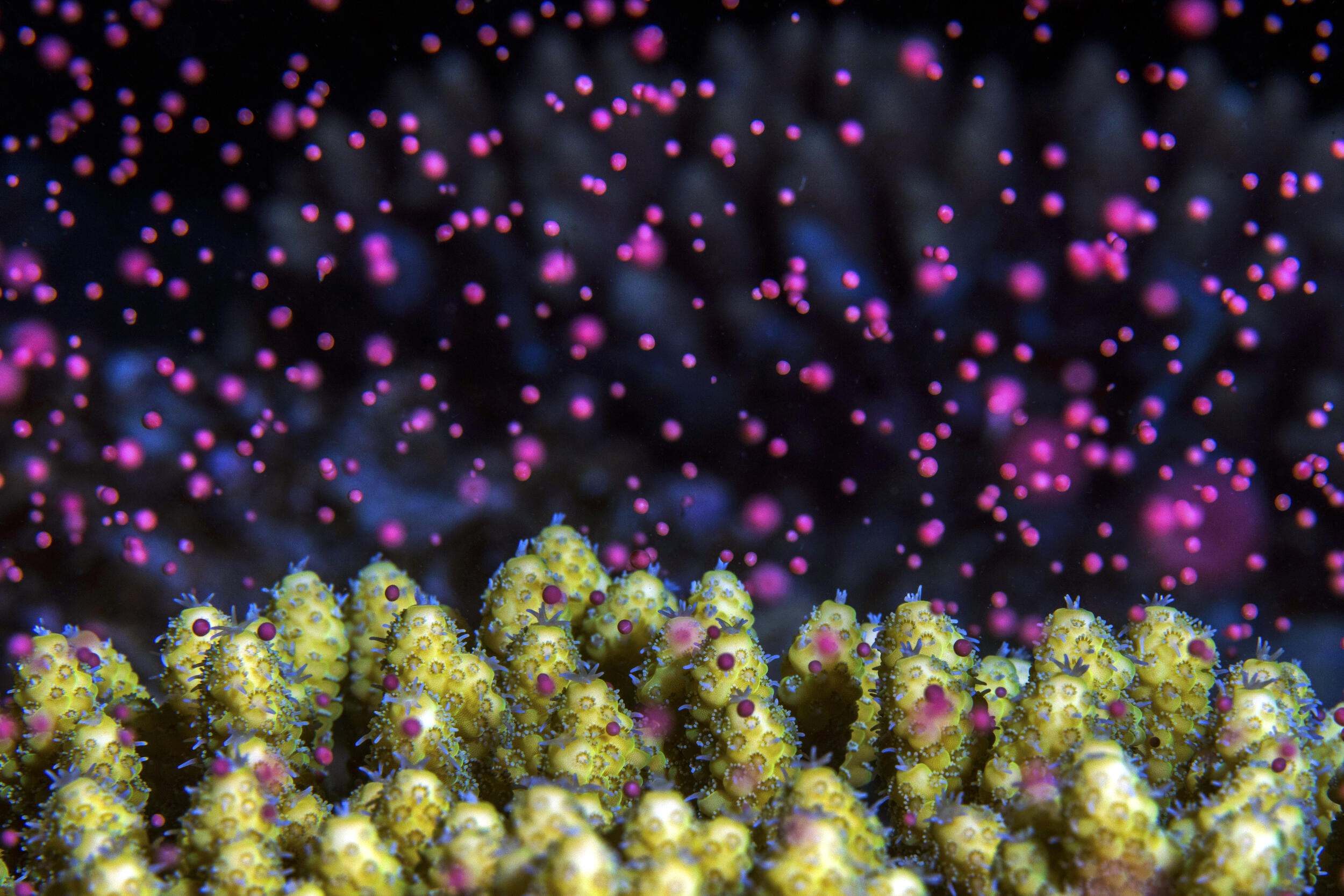The purpose of this study was to identify processes that inhibit the shift from coral to algal dominance in some coral reefs following major disturbances. The role of herbivorous fish populations in the prevention of these phase shifts were specifically addressed. Experimental and observational data were conducted on reefs in Moorea, French Polynesia, where numerous perturbations of bleaching and cyclone events and an explosion in COTS caused major declines in coral cover, though no phase shifts occurred.
Results showed that herbivore assemblage on the forereef became increasingly dominated by parrotfish following the decline in live coral cover, with an increase from 22% of herbivore biomass in 2006 to 50% herbivore biomass in 2010. A near complete loss of coral was followed by a rapid and sustained increase in herbivore populations, particularly parrotfish, due to increases in benthic primary production. Parrotfish populations were able to respond to increased food availability on the forereef because their juvenile habitat in the nearby lagoons was unaffected by disturbances like the COTS outbreak. These findings support the role of connectivity between nearby reefs and habitats, as nearby habitats serving as nursery grounds enhance the resilience of coral reefs and should be a top management priority.
Author: Adams, T.C., R.J. Schmitt, S.J. Holbrook, A.J. Brooks, P.J. Edmunds, R.C. Carpenter, and G. Bernardi
Year: 2011
View Full Article
PLoS ONE 6(8): e23717. doi: 10.1371/journal.pone.0023717


